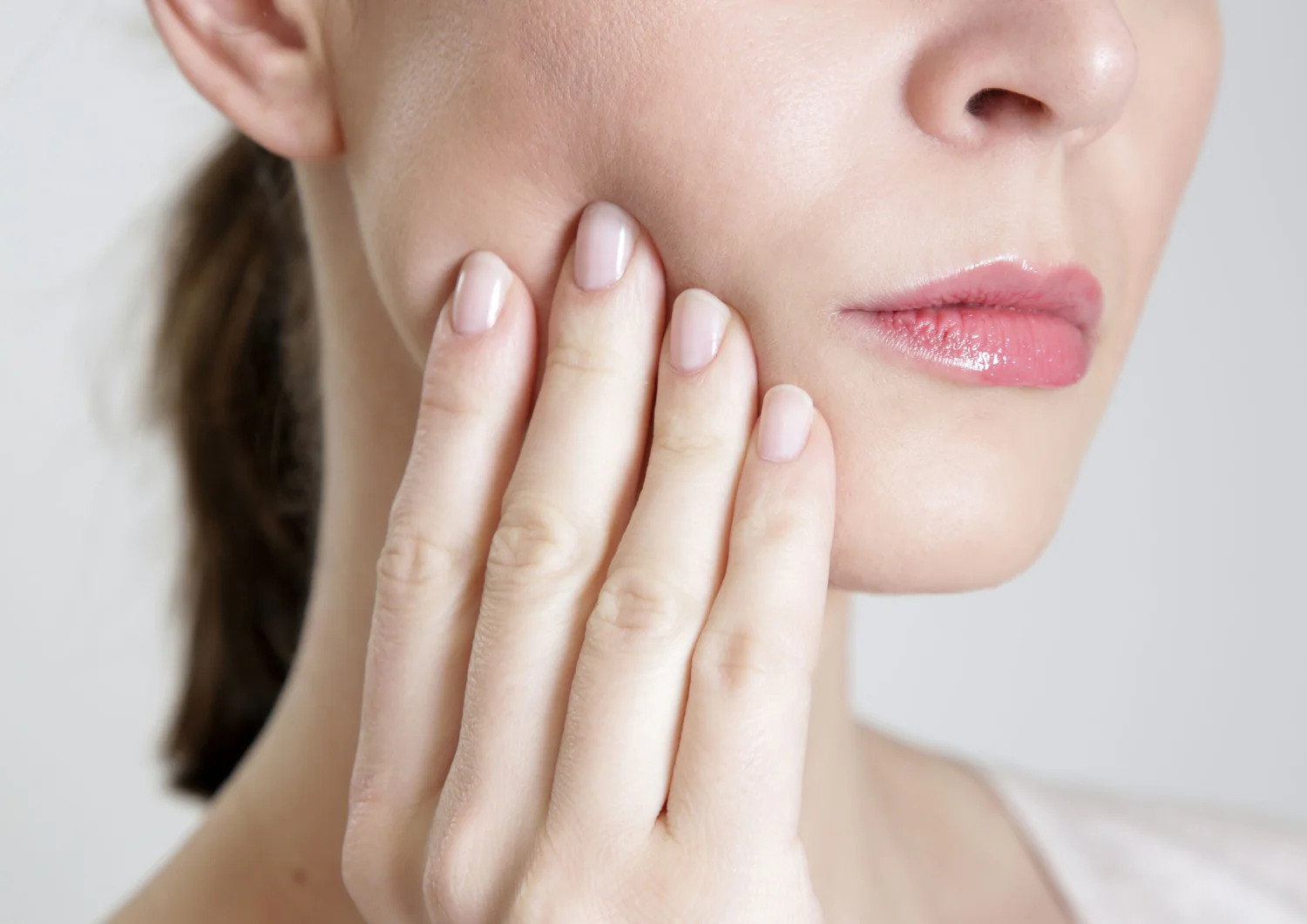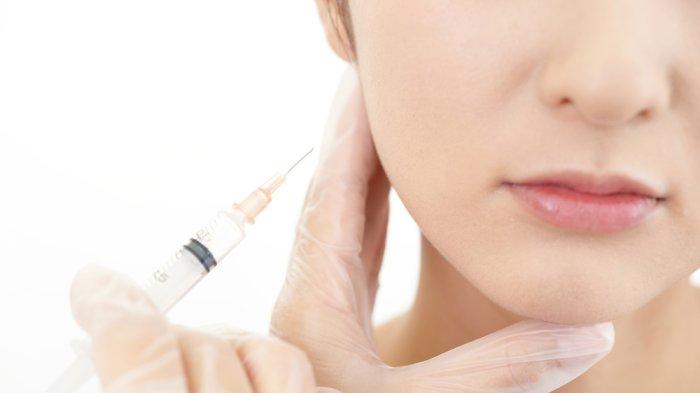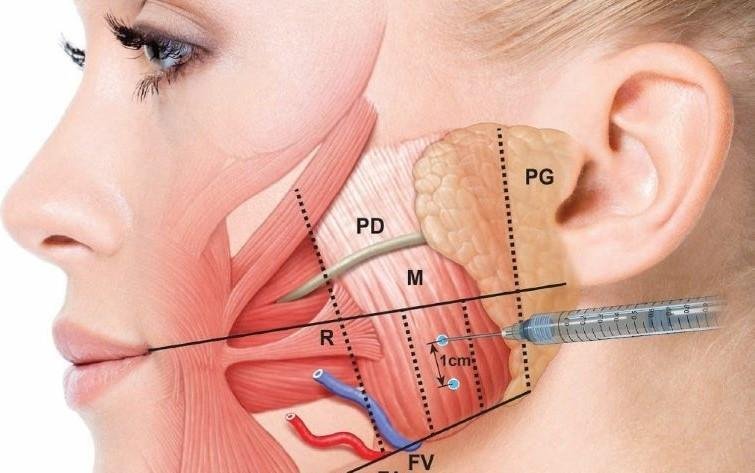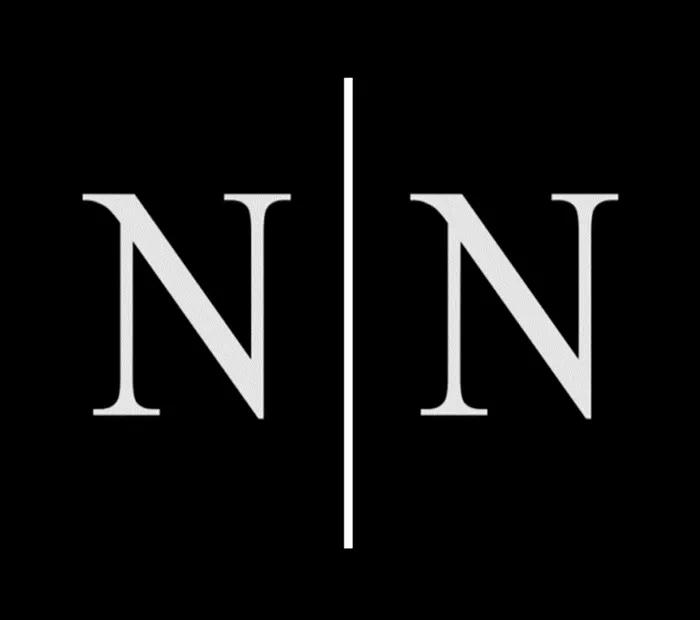Dr. Nicole G. Nalbandian (DDS, MS)

Alleviating TMJ and Orofacial Pain with Botox
This blog aims to educate patients in the Burbank and San Fernando Valley community about the therapeutic benefits of Botox for managing TMJ and orofacial pain, highlighting its effectiveness and convenience as a treatment option. If you have any further questions or need additional information, please feel free to reach out to us!
Introduction
Almost 50% of the population experiences discomfort in their TMJ or facial muscles at some point in their lifetime. For some, this pain may become chronic and significantly impact quality of life leading to severe migraines, lockjaw, difficulty eating, and facial muscle tenderness.
While Botox is widely known for its cosmetic applications, it can offer significant therapeutic benefits for patients suffering from chronic jaw pain and myofascial pain/tension. Dr. Nalbandian, and her team at Nalbandian Dentistry, have completed extensive training in the applications of Botulinum Toxin for therapeutic uses in TMJ and Orofacial pain.
Page Contents
Understanding TMJ and Orofacial Pain
What is TMJ?
The temporomandibular joint (TMJ) connects your jawbone to your skull and plays a crucial role in daily activities such as chewing, speaking, and yawning. TMJ disorders can cause pain and discomfort in the jaw joint and the muscles controlling jaw movement. Symptoms of TMJ disorders include:
- Jaw pain or tenderness
- Clicking or popping sounds when opening or closing the mouth
- Difficulty chewing or discomfort while chewing
- Locking of the jaw joint
- Headaches and earaches
- Damage to teeth
- Shoulder or neck tension
What is Orofacial Pain?
Orofacial pain encompasses a range of conditions that cause discomfort in the mouth, jaws, and face. This pain can stem from various sources, including dental issues, TMJ disorders, nerve-related problems, and muscle dysfunction. Managing orofacial pain effectively is essential for maintaining overall oral health and well-being.
How Botox Works for TMJ and Orofacial Pain
Botox, or botulinum toxin, is a neurotoxin that temporarily relaxes muscles by blocking nerve signals. In the context of TMJ and orofacial pain management, Botox can be injected into the affected muscles to reduce tension, alleviate pain, and improve function.
The Treatment Process
- Consultation and Assessment: The first step is a thorough consultation with Dr. Nalbandian. We will evaluate your symptoms, medical history, and the specific muscles contributing to your pain.
- Injection Procedure: During the procedure, small amounts of Botox are injected into the targeted muscles. The injections are relatively painless, and the entire process usually takes about 10-30 minutes.
- Post-Treatment Care: After the injections, you can resume your daily activities with minimal downtime. Some patients may experience mild bruising or soreness at the injection sites, but these side effects typically subside within a few days.
- Follow-Up Appointments: A follow-up appointment is scheduled after your treatment visit to monitor your progress and determine the need for additional touch-ups.
Benefits of Using Botox for TMJ and Orofacial Pain
- Pain Relief: Botox can significantly reduce pain and discomfort associated with TMJ disorders and orofacial pain by relaxing the overactive muscles.
- Improved Function: By alleviating muscle tension, Botox can help restore normal jaw function, making it easier to chew, speak, and open your mouth without discomfort.
- Minimally Invasive: Botox injections are a non-surgical treatment option, offering a minimally invasive alternative to more invasive procedures.
- Quick and Convenient: The injection process is quick, typically taking less than 30 minutes, with minimal downtime, allowing you to return to your daily activities promptly.
- Long-Lasting Effects: The pain-relieving effects of Botox can last several months and tend to be cumulative, providing sustained relief and improving your quality of life.

Who is a Candidate for Botox Treatment?

Botox treatment for TMJ and orofacial pain is suitable for many patients, but it may not be appropriate for everyone. Ideal candidates are those who:
- Suffer from chronic TMJ pain or orofacial pain
- Have not found relief with traditional treatments
- Are looking for a non-surgical option
- Are in good overall health and do not have contraindications to Botox
- Are not pregnant
- Are over the age of 18
During your consultation,Dr. Nalbandian will determine if Botox is the right treatment option for you based on your specific needs and medical history.
Meet Our Doctor
Dr. Nalbandian is a general dentist focused on delivering the highest quality cosmetic and restorative dentistry to her patients. She believes that exceptional dental care begins with the doctor-patient relationship and customizing treatment to meet the needs of each individual patient.
In an ever-changing world of dental technology and techniques, Dr. Nalbandian is an avid learner. She is committed to continuing education courses which allow her to offer patients the most advanced care. Her goal is to bridge long-lasting solutions with the most conservative treatment.
Since completing her dental training, Dr. Nalbandian has embraced a rewarding career as an exceptional dental clinician. She has also returned to her alma mater, UCLA School of Dentistry, to teach future generations of dentists and currently serves as a faculty member at the WEST Los Angeles Dental Hygiene program.
Those who know Dr. Nalbandian quickly come to realize that dentistry truly is one of her greatest passions. When she is not in the clinic or teaching, Dr. Nalbandian enjoys practicing yoga and getting outdoors.

What to Expect After Botox for TMJ?
TMJ Botox treatment involves injecting Botox into the muscles that control the jaw joint. After muscles are treated with Botox, it usually takes about 2 weeks for patients to see the full effects of botox therapy. The relief can last for several months, and results are cumulative over time, providing patients with longer periods of relief with each session. As a result of treatment, patients will notice a reduction in muscle pain, lockjaw symptoms, headaches, and clenching/grinding at night. All post-treatment care instructions must be adhered to to help enhance the outcome of the treatment and reduce unfavorable side effects.
Side Effects of Botox for TMJ
Side effects of Botox for TMJ include some redness, swelling, or/and tiny bruises in the areas where the injections were made. Rarely, Botox can cause unwanted weakness in adjacent muscles which control smile/eyelid movement. This weakness is short lived and will wear off in a few weeks.Be sure to disclose any pre-existing conditions or worries regarding the Botox treatment to the doctor prior to starting treatment.
Appointments
New Patient Exam
1 Hr
Emergency Visit
1 Hr
Consultation
30 Mins
